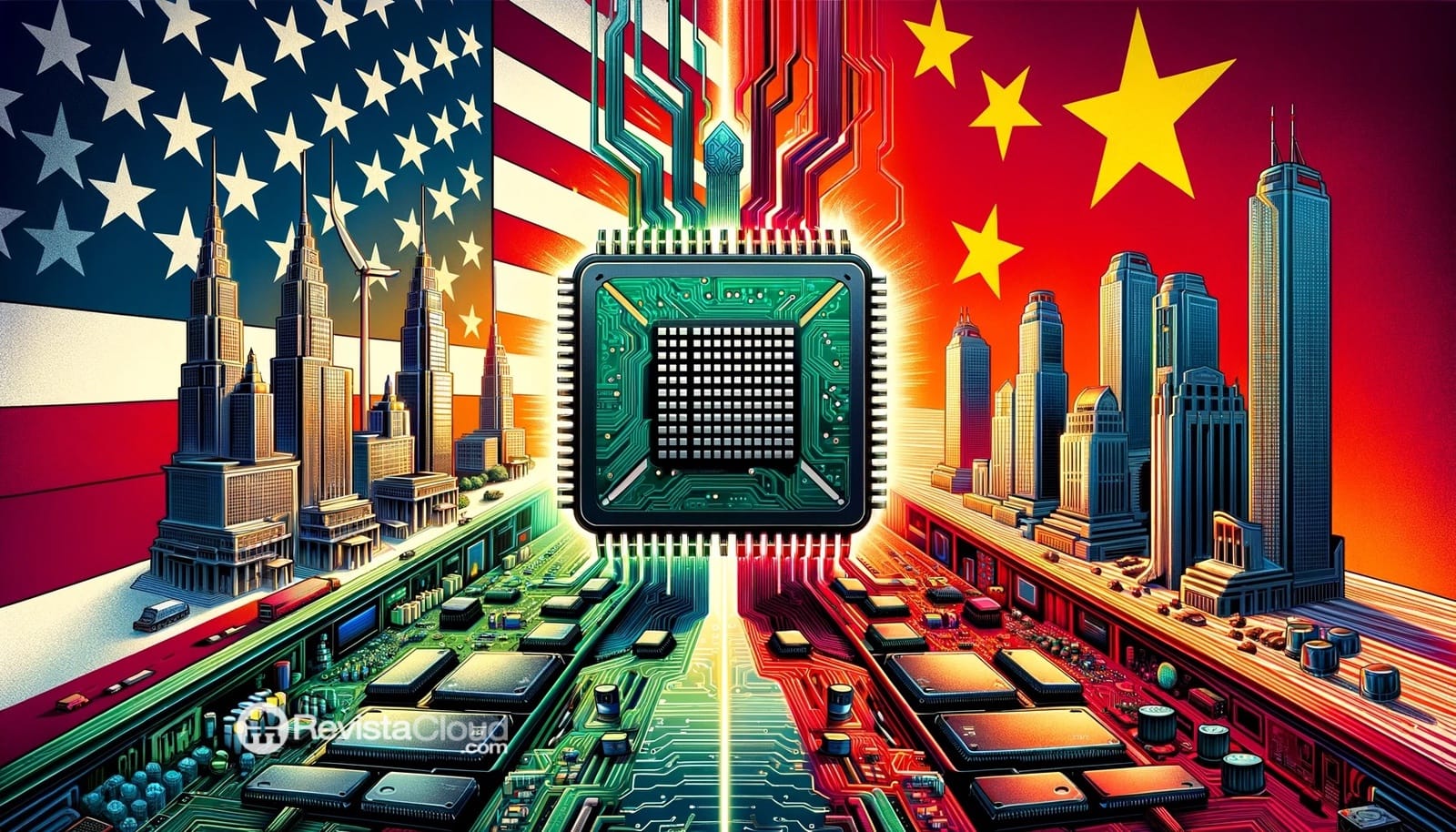Following diplomatic negotiations and a key visit by Jensen Huang, both companies resume business with China, causing their stock prices to soar.
In an unexpected geopolitical shift with significant technological implications, the United States has permitted NVIDIA and AMD to resume the shipment and sale of AI-dedicated GPUs in China. This decision, confirmed after recent high-level executive discussions with the U.S. administration, brings relief to both companies and indirectly challenges local Chinese manufacturers such as Huawei.
Jensen Huang, NVIDIA’s CEO, played a central role in unlocking this situation. His recent trip to China and subsequent meeting at the White House with President Donald Trump appear to have accelerated the granting of exceptions to the restrictions previously imposed on exporting advanced hardware with potential military uses. Huang emphasized that “the United States shouldn’t fear that China will use our GPUs in its military,” and argued that to keep U.S. as a leader in AI, it’s essential to sell hardware to China, one of the main drivers of the global market.
NVIDIA is now authorized to restart distribution of its H20 GPUs, a limited version of the GH200 Grace Hopper SuperChip, specifically engineered to meet the restrictions imposed by the U.S. during the previous ban. While final approval is still pending, shipments are expected to start within weeks. The company also announced a new RTX PRO series GPU aimed at AI workloads, tailored to meet the performance thresholds set by U.S. regulation. This news immediately impacted financial markets, with NVIDIA’s shares climbing nearly 5% once the information was made public.
Meanwhile, AMD has benefited from this easing and will be able to sell its Instinct MI308 AI accelerators in China, directly competing with NVIDIA’s H100 and H20. Although regulatory details are still being finalized, high expectations remain, especially since AMD has not had a significant presence in the Chinese AI market until now. The approval of the MI308 could be a turning point for AMD, and its stock has already risen roughly 7% on the news, reflecting market confidence in the positive impact of this move.
What about the big losers? Chinese local manufacturers. Over recent months, companies like Huawei increased their market share due to the absence of U.S. competitors. However, with NVIDIA and AMD resuming shipments, these companies may lose ground again to the more advanced technological solutions of the American giants.
This U.S. decision also comes at a delicate moment for trade relations between the two powers. It could be seen as a sign of a pragmatic rebalancing of the global tech market, particularly in the strategic realm of artificial intelligence.
With these approvals, the Trump administration takes a step that, while potentially causing geopolitical controversy, opens a window of opportunity for the American private sector. NVIDIA and AMD are re-entering the world’s largest AI hardware market with tailored products, diplomatic tensions easing, and eyes on billions of dollars in revenue in the coming quarters.

